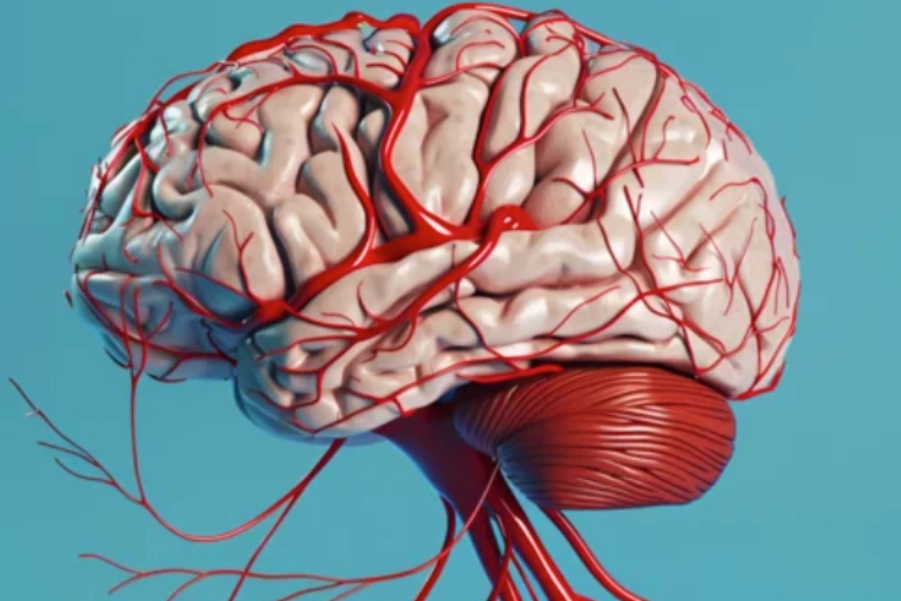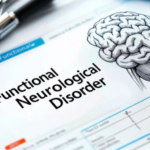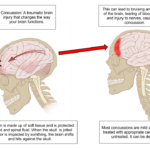Neurological Physiotherapy Treatment Protocol for Anterior Cerebral Artery Stroke Survivor
Overview of Conditions
An Anterior Cerebral Artery (ACA) stroke occurs when blood flow to the anterior cerebral artery is interrupted, typically leading to ischemia or infarction. The ACA supplies blood to the medial aspect of the frontal lobes and the paracentral lobule, affecting motor and sensory control, particularly in the lower extremities. This type of stroke can result in various deficits, often involving contralateral leg weakness, sensory impairments, gait disturbances, and frontal lobe dysfunction.
Symptomatology and Probable Deficits
- Motor Deficits:
- Contralateral hemiparesis or hemiplegia (weakness or paralysis) often predominantly in the lower extremities (legs more than arms).
- Poor coordination and motor control, particularly affecting gait and posture.
- Sensory Deficits:
- Contralateral sensory loss, often affecting the lower extremity.
- Proprioception deficits, contributing to balance and coordination issues.
- Cognitive/Behavioral Deficits:
- Impaired decision-making, planning, and problem-solving (due to frontal lobe involvement).
- Possible emotional lability and apathy.
- Gait and Balance Dysfunction:
- Difficulty walking, especially with initiation and maintaining posture, due to lower limb weakness and impaired proprioception.
- Difficulty with standing, transferring, or maintaining balance without assistance.
Assessment and Evaluation
- Functional Task Impairment Assessment:
- Fugl-Meyer Assessment of Motor Recovery (FMA): For assessing lower limb motor recovery and functional movement.
- Berg Balance Scale (BBS): To assess balance and risk of falls.
- 10-Meter Walk Test (10MWT): To assess walking speed and functional gait.
- Functional Independence Measure (FIM): To assess independence in activities of daily living.
- Mini-Mental State Examination (MMSE) or MoCA: To assess cognitive function, particularly if frontal lobe impairments are suspected.
- Key Functional Impairments:
- Lower Extremity Weakness: Difficulty in weight-bearing, stepping, and walking.
- Balance Impairment: Difficulty maintaining postural stability, particularly when transitioning from sitting to standing or during ambulation.
- Cognitive Impairments: Difficulty with executive function tasks, such as planning and decision-making.
Goal Setting
- Short-term Goals (2-4 weeks):
- Improve lower limb strength and motor control, focusing on functional movements like standing, sitting, and walking.
- Enhance balance and reduce fall risk through functional balance exercises.
- Improve cognitive awareness, particularly in relation to mobility and daily activities.
- Long-term Goals (6-12 weeks):
- Achieve independent gait with or without assistive devices.
- Improve postural control, allowing for safe transitions between sitting, standing, and walking.
- Enhance cognitive function related to motor planning and execution.
Recommended Interventions
- Task-Oriented Functional Training
- Description: Focus on practicing everyday functional tasks, such as sitting, standing, walking, and reaching, within a task-specific context to encourage neuroplasticity.
- Scientific Basis: Task-specific training facilitates motor learning and encourages cortical reorganization in the affected areas of the brain, particularly the motor cortex (Langhorne et al., 2020).
- Protocol:
- Initiate with simple movements such as weight-shifting, standing up from a chair, and progressing to more complex tasks like walking or picking up objects.
- Use assistive devices (e.g., canes, walkers) if necessary, and gradually reduce their use as the patient improves.
- Incorporate feedback and encouragement to enhance the patient’s motivation and engagement in the task.
- Evidence: Task-oriented training has been demonstrated to enhance motor function and functional independence post-stroke (Langhorne et al., 2020).
- Proprioceptive Neuromuscular Facilitation (PNF)
- Description: A technique that focuses on promoting coordinated movement patterns through proprioceptive feedback, aiding in muscle strengthening and functional movement re-education.
- Scientific Basis: PNF improves neuromuscular activation and enhances proprioception, which is crucial for functional movements in stroke survivors (Rosen et al., 2021).
- Protocol:
- Focus on movements that simulate functional tasks (e.g., reaching, stepping, and walking) using diagonal patterns for the lower limbs.
- Integrate techniques such as rhythmic initiation, repeated contractions, and contract-relax to promote strength and coordination.
- Evidence: PNF techniques have been shown to significantly improve motor function and functional mobility in stroke patients (Wang et al., 2022).
- Gait Training
- Description: Focus on improving walking function through repeated practice and the use of assistive devices as needed.
- Scientific Basis: Gait training promotes the reorganization of neural pathways and improves motor control through repetitive practice (Hornby et al., 2021).
- Protocol:
- Begin with supported gait training (e.g., using a walker or parallel bars) and progressively challenge the patient to walk independently.
- Include tasks like walking over obstacles, walking while turning, and weight-shifting to improve gait quality and stability.
- Evidence: Gait training improves walking speed, balance, and endurance in stroke survivors, particularly those with ACA infarcts (Hornby et al., 2021).
- Electrical Stimulation (Functional Electrical Stimulation – FES)
- Description: Use electrical impulses to stimulate weakened muscles and promote contraction, enhancing strength and motor control.
- Scientific Basis: FES can assist in activating muscles that are weak or non-functioning due to cortical damage, enhancing motor recovery (Hidler et al., 2020).
- Protocol:
- Apply FES to the lower limbs during functional movements such as walking or standing to improve strength and endurance.
- Adjust the settings for comfort and effectiveness, applying stimulation for 20–30 minutes per session, 3–5 times a week.
- Evidence: FES has been shown to improve lower limb strength, walking speed, and functional mobility in stroke patients (Hidler et al., 2020).
- Cognitive Rehabilitation and Training
- Description: Cognitive exercises targeting executive functions such as attention, memory, and problem-solving, to address impairments related to frontal lobe damage.
- Scientific Basis: Cognitive training helps restore cognitive function and can improve motor performance through better motor planning and decision-making (Cicerone et al., 2021).
- Protocol:
- Provide structured cognitive exercises focused on attention, memory, and decision-making, using tasks related to daily living activities.
- Use technology, such as cognitive apps or games, to provide engaging and dynamic exercises.
- Evidence: Cognitive rehabilitation has been shown to improve cognitive function and enhance motor recovery in stroke survivors with ACA damage (Cicerone et al., 2021).
Precautions and Special Considerations
- Carefully monitor for spasticity and increase exercise intensity gradually to avoid exacerbating hypertonia.
- For patients with cognitive impairments, ensure the therapy environment is structured, predictable, and simple to avoid confusion or frustration.
- Adjust the intensity of gait training and electrical stimulation based on the patient’s tolerance and progress.
Reassessment
Reassess the patient every 2-4 weeks using functional outcome measures such as the FMA, BBS, and 10MWT. Adjust the treatment plan based on progress, especially in terms of functional mobility and cognitive function.
Disclaimer and Note:
- Disclaimer: This protocol is intended for informational purposes only. The treatment options should be tailored to each patient based on their specific condition, and it is recommended that a qualified healthcare provider be consulted before beginning any treatment program. Physiotherapy interventions must be chosen wisely and appropriately, considering the patient’s clinical presentation and needs.






